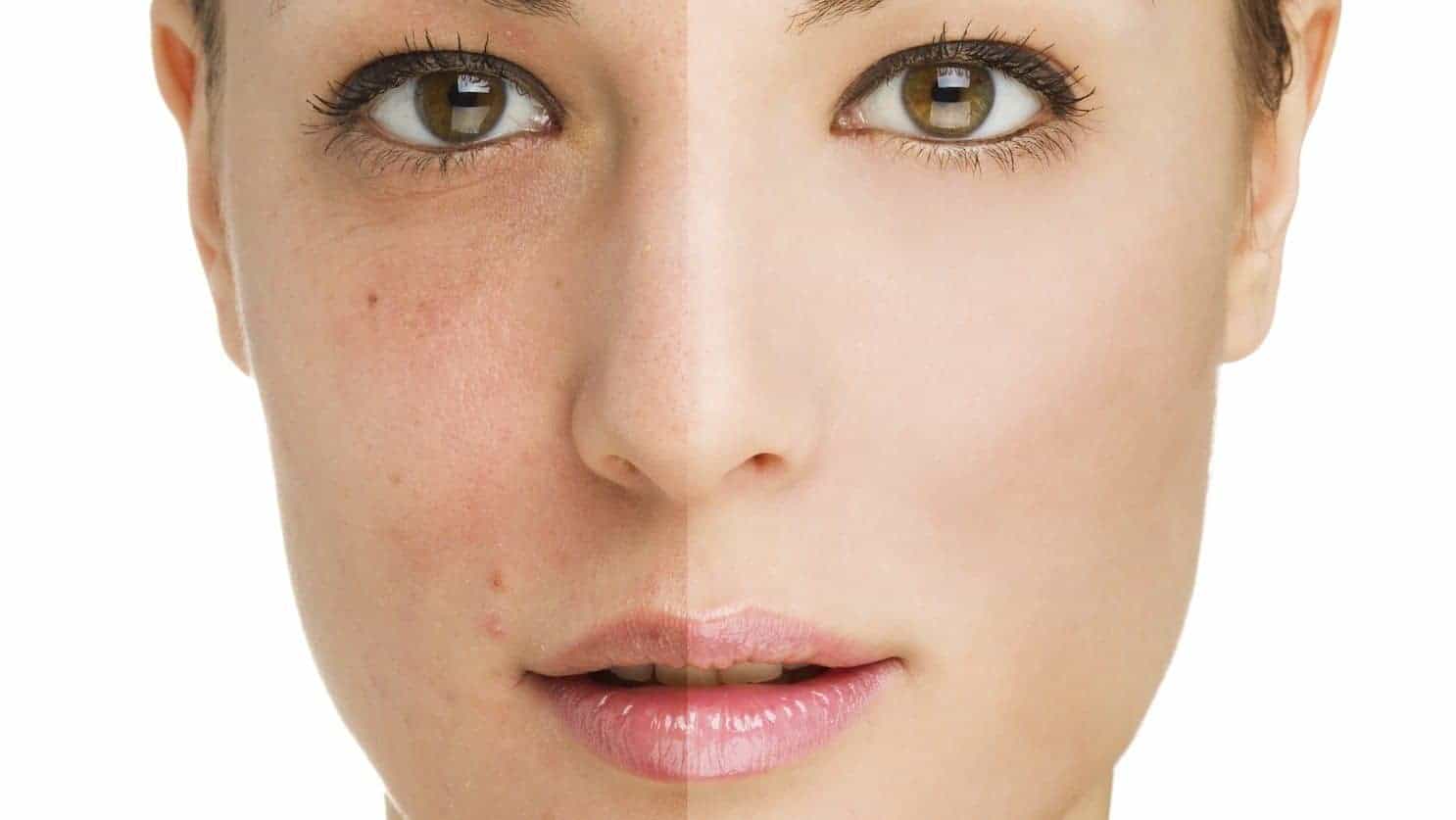How good is your memory? Chances are you probably remember some things better than others. And if you’re like most people... ...you are likely to forget about your skin.
Funny, isn’t it? We look at our skin in the mirror every day when we brush our teeth, put on make-up and comb our hair. You’d think we would notice when it starts to get dry or oily in response to the weather, stress, and other factors. We don’t. We generally don’t notice changes in our skin until the cumulative effect becomes so pronounced it can’t be ignored.
By the same token, you are likely to overlook the subtle but steady progress you are achieving with the help of your practitioner and a beneficial skincare regimen. It’s easy to forget where you started, and that makes it difficult to assess exactly how effective your efforts have been.
“We all tend to forget what the baseline state was without a visual reminder, particularly with procedures that involve collagen remodelling and gradual improvement. Unless you have a ‘before’ picture, the patient might not realise how much benefit she’s received from the procedure.” Dr. George Anterasian, head and neck surgeon at the Santa Monica Laser and Skin Care Center, California, USA
See yourself as you really are
Many cosmetic clinics use special photographic equipment to help patients and practitioners track their progress. The technique, known as “skin imaging,” has its supporters and detractors. We hope this article will give you the information you need to decide whether a pictorial history of your skin is worth the investment.
Using a digital camera, a number of facial images are taken. The images are fed into a computer with special software that produces a straightforward view of the face, eyes and/or lips, as well as a 3-D model of the skin.
These images can help patients see skin texture and assess changes in the depth and size of wrinkles in a visually compelling and quite astonishing way.
Skin imaging: what lies beneath
Multi-spectral skin imaging reveals signs of ageing and skin damage that are invisible to the human eye. It helps cosmetic professionals better analyse conditions on the surface and below the skin, including
- Pores
- Porphyrins (evidence of bacteria in your pores)
- Skin tone evenness
- Spots
- UV spots from overexposure to the sun
- Wrinkles
Practitioners who use skin imaging say that the results allow them to determine the most appropriate treatment for their patients. They measure improvement over time following tissue tightening, laser resurfacing, and other rejuvenation treatments. Then, as treatment continues, the practitioner can share images that document the patient’s progress.
Skin imaging: why some people say no
In 2008, Oprah Winfrey hosted a demonstration of a popular brand of imaging equipment on her television show. The results were impressive, with images showing age spots and oil production below the skin. It definitely got people’s attention…
…and that led to a lot of scrutiny.
While skin imaging is being embraced as a valuable diagnostic tool, detractors say that this technology is a tool, all right, a tool for marketing. It benefits practices, they say, not patients. They call skin imaging, the crack/cocaine of the beauty business. That’s why many salons offer “skin imaging” free to first-time prospective customers.
Patients are astonished at what the free imaging reveals: age spots, both the visible ones and the ones under the surface of the skin, sun spots, dark patches and more. Horrified that these just-beneath-the-skin problems are disfiguring liver spots waiting to happen, they gladly sign up for whatever costly procedures the salon representative suggests.
Unfortunately, few salons offer post-treatment skin imaging on a complimentary basis. Therefore clients rarely get to see if there has been any improvement.
Skin imaging: yea or nay?
Skin imaging isn’t a new-fangled invention. Photographs, videos and digital image analysis software have long been important diagnostic tools in medicine. Doctors use them to detect dangerous conditions like skin cancer, analysing the colour, shape, border qualities and structural components of melanoma.
In the end, it’s really about the trust you have in your practitioner. Make sure you are working with a skilled cosmetic professional (not a cosmetic amateur) who has the training and knowledge to advise you on whether skin imaging will be beneficial for you.
